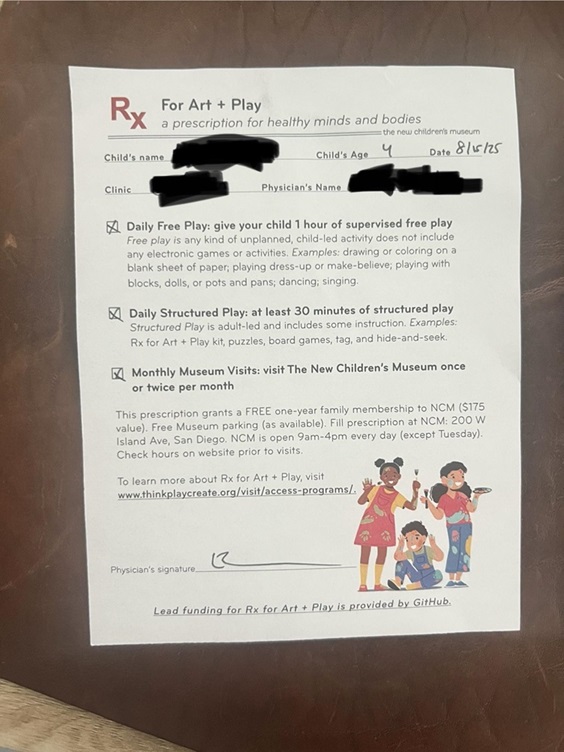Earlier this month, Hyperallergic had a short article about a video that actor Steve Martin made for the Frick Collection in NYC. What I appreciated was the way the information in the video was ordered.
The first 1:15 is focused on what the attendee might find interesting. The next 30-45 seconds talks about the “product features.” The remainder of the 6 minute video is about the history of the Frick collection.
I have to believe that this ordering was intentional rather than a happy accident of the way the editor pulled the information together.
That second part which I label as “product features” contains internally focused language that arts organizations would primarily use up until recently listing the qualities the organization thinks are important.
“..a singular New York City experience: A storied trove of art and decorative objects housed in a meticulously restored Gilded Age mansion….”
However, the video starts with the following which is externally focused and all about the visitor experience:
“Consider what you or I might be drawn to…maybe it is a gilded beard, or a velvet sleeve, a trend setter, a love triangle, a mysterious exchange…Maybe what you see reminds you of a friend or a place you’ve been, or a book you’ve read, or a show you’ve binged.
Maybe it jogs a memory or fills you with a sense of delight, desire, power, wonder, bemusement, or calm.
Maybe you need a moment to sit and think and escape. Somewhere peaceful. Somewhere with a view….this is what the Frick collection is for. For slowing down, following your eye, and getting closer to objects of beauty and awe…”
The structure of the video reflects an understanding of how people consume content online (and probably through other media experiences as well.) It starts out talking about what the visitor will enjoy. Then focused on the quality of the art and experience. And then if you are still curious and want to learn more, talks about the history of the collection’s founding by Henry Clay Frick in the late 19th century.



There is another way. The Gewandhaus Leipzig in Germany (concert venue) offers flex- tickets for a small premium. Not an…